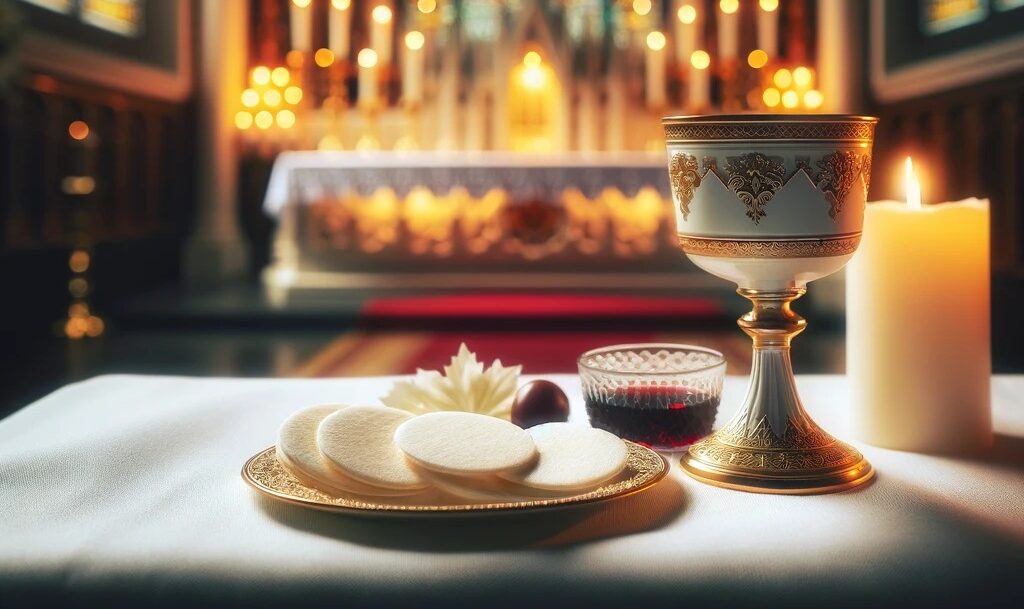
The Solemnity of Corpus Christi
The history and tradition of the solemnity dedicated to the Blessed Sacrament
Corpus Christi is a solemnity of the Catholic liturgical year, established by Pope Urban IV, with the papal bull “Transiturus de hoc mundo” in 1264. This amendment came as a result of two particular mystical events.
The first concerned Sister Juliana of Cornillon. In 1208 she reported that she had an apparition of Christ inviting her to work to have a feast dedicated to the Blessed Sacrament of the Eucharist.
The second, was a Eucharistic miracle that occurred in 1263 in Bolsena in which during Holy Mass, at the moment of consecration, the host began to bleed. It was a powerful testimony for the Bohemian priest who was celebrating and who, several times had shown a particular skepticism about the real presence of Jesus in the consecrated bread and wine.
The centrality of the Eucharist
Corpus Domini, also known as Corpus Christi, is thus the solemnity dedicated to the Blessed Sacrament of the Eucharist, the body and blood of Jesus. It is celebrated sixty days after Easter, on the Thursday after the Solemnity of the Most Holy Trinity. In some countries, such as Italy, where Thursday is not a day in the calendar, the feast of Corpus Christi is celebrated on the second Sunday after Pentecost, in line with the general norms for the ordering of the liturgical year.
The Eucharist, which occupies a central position in the life of every Christian, not only reminds us of Christ’s sacrifice on the cross but also makes it present in a tangible way. It represents the invitation addressed to each person to carry Christ’s message to the world and to witness to it by life and works, “Do this in memory of me.”
The flower carpets
Corpus Christi celebrations are characterized by a variety of faith events, differing from country to country, but all sharing the traditional Eucharistic procession during which, the Blessed Sacrament is carried by the priest in a monstrance, usually under a canopy, through the streets of the city or town.
The streets along the procession route are often decorated with flowers, artistic carpets, called “flower carpets,” and temporary altars, creating an atmosphere of festivity and sacredness.
It is a much-awaited moment for the faithful who, in the design and creation of these artistic works, express their faith by bringing out the importance of the presence of the Christian community working toward one goal: to worship and pay homage to the living and true Jesus present in the Blessed Sacrament.
Corpus Christi remains a cornerstone of the Catholic faith, a tangible sign of the divine presence and a constant reminder to live according to Christ’s teachings.
Through the celebration of Corpus Christi, the Catholic Church renews her commitment to witness faith in the sacrament of the Eucharist.
